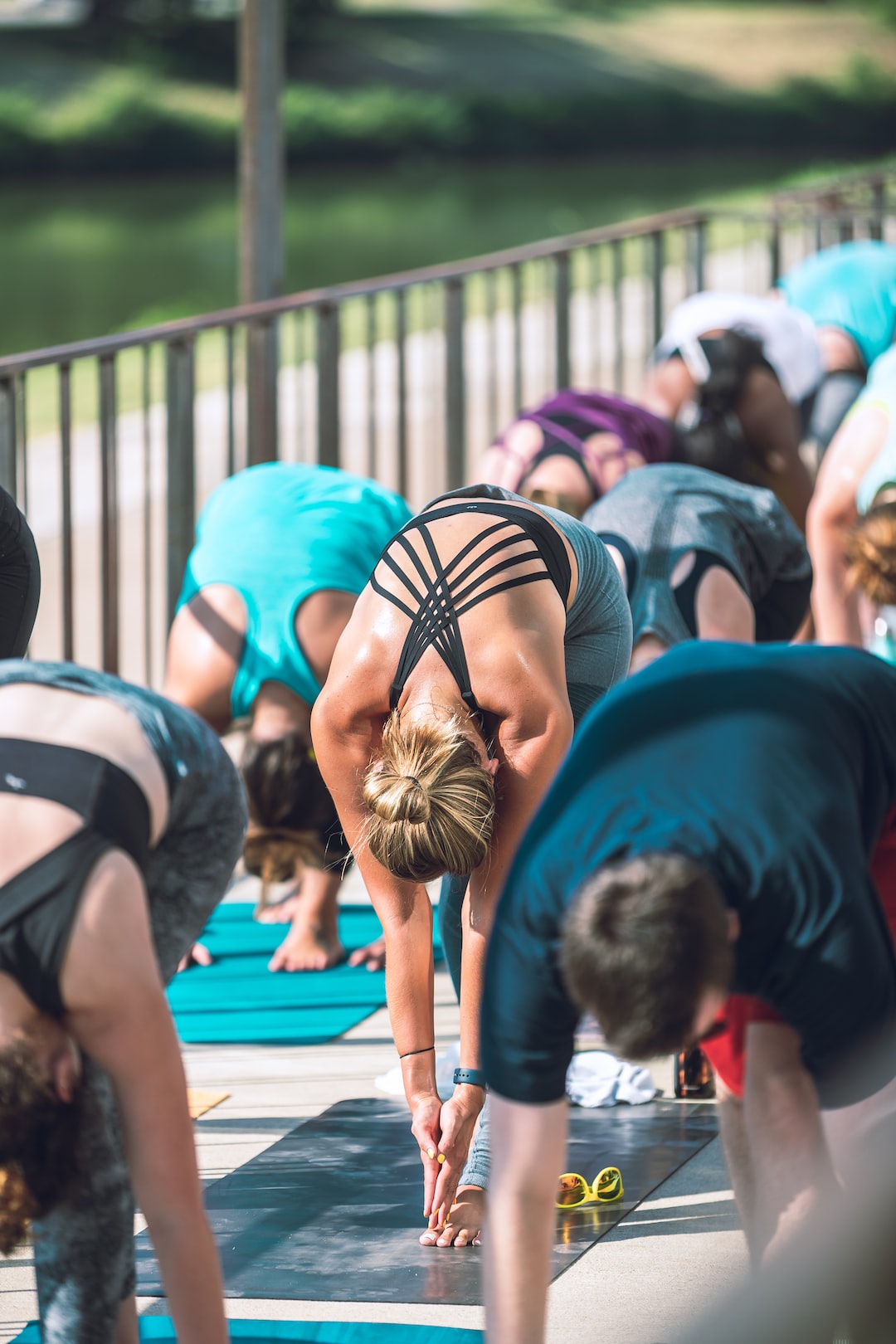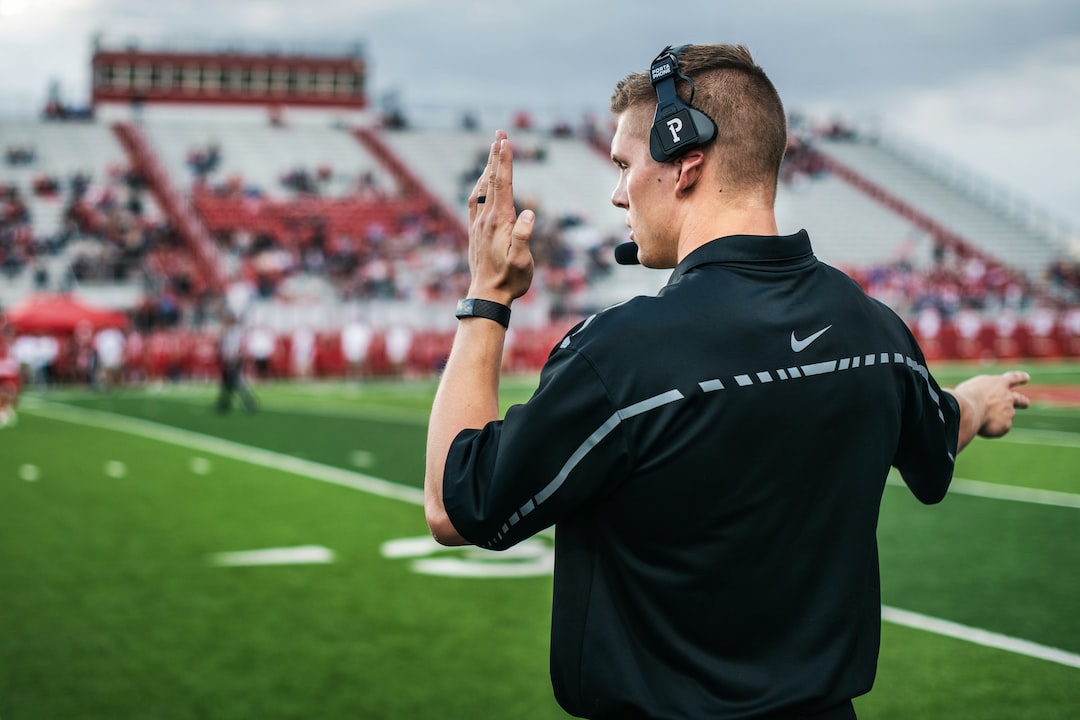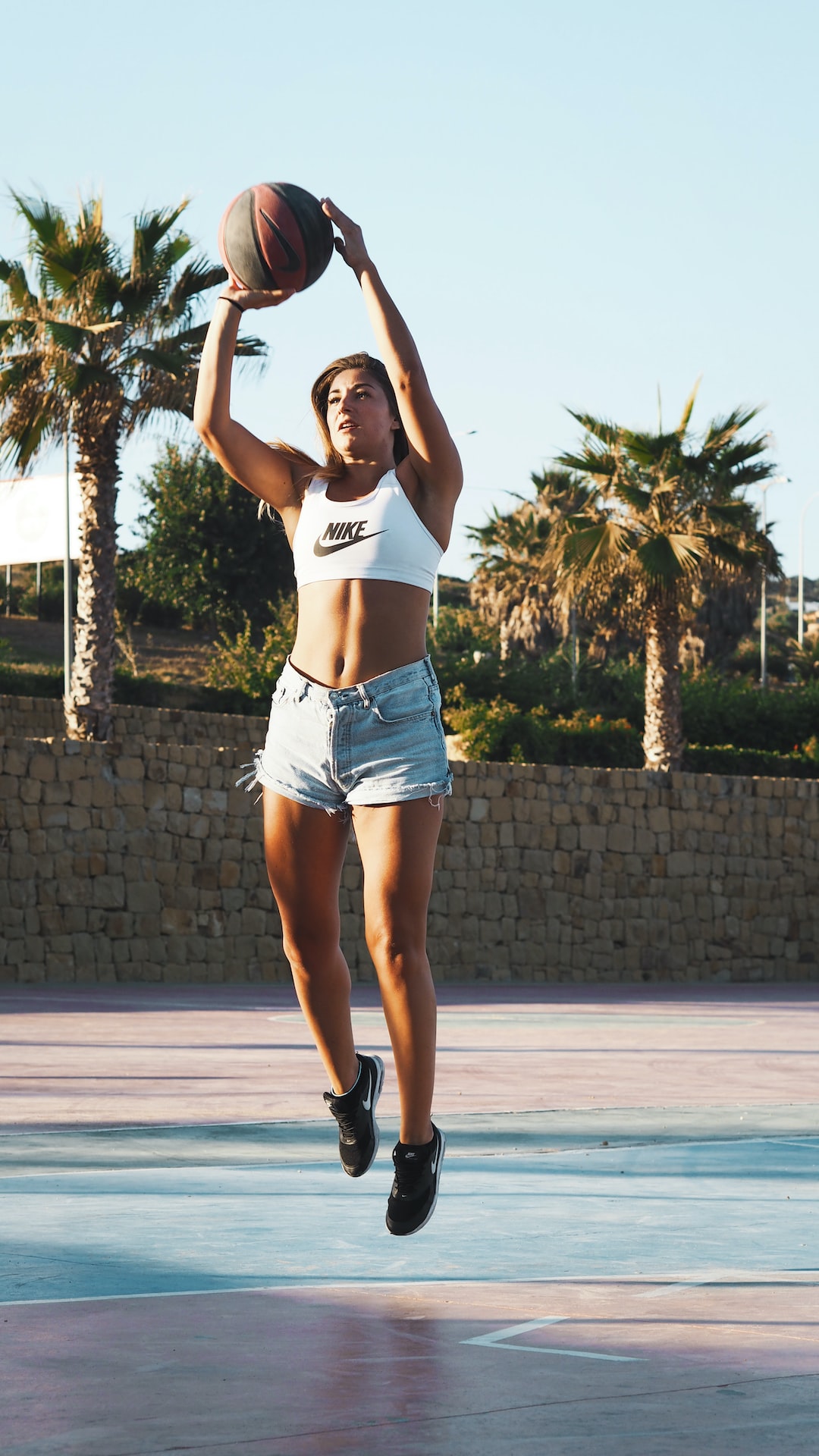The Importance of Strength Training for Female Athletes
Strength training has become a fundamental component of athletic training, regardless of gender. Nevertheless, for far too long, there has been a misconception that female athletes should avoid this type of training due to concerns about getting too bulky or losing femininity. However, the truth is that strength training is not only safe for female athletes but also highly beneficial. In fact, incorporating strength training into their routine can yield numerous advantages that can significantly enhance their performance and overall health.
Firstly, strength training allows female athletes to build muscular strength, power, and endurance. Contrary to common belief, lifting weights will not cause women to gain excessive muscle mass, as their bodies naturally produce lower levels of testosterone compared to men. Instead, strength training helps women build strength by increasing muscle fiber size and therefore, improving their overall athletic performance.
By targeting specific muscle groups in strength training exercises, female athletes can enhance their ability to generate force and power during their sport. For instance, volleyball players can benefit from exercises that focus on the muscles used for jumping, such as squat jumps or single-leg step-ups. Similarly, runners can benefit from strengthening exercises such as lunges and deadlifts, which improve their leg power and running efficiency.
Furthermore, strength training plays a crucial role in preventing injuries among female athletes. Due to anatomical and hormonal differences, women are more prone to certain types of injuries, such as ACL tears and stress fractures. However, engaging in regular strength training, particularly exercises that target the core and lower body, can help female athletes develop stability and improve their joint integrity, thus reducing the risk of injury.
A strong core is essential for maintaining proper posture and balance, contributing to overall body control during athletic movements. Additionally, strength training can also help female athletes build stronger bones, reducing their chances of developing osteoporosis later in life. By putting stress on the bones during resistance exercises, such as squats or deadlifts, women can increase their bone density, ultimately minimizing the risk of fractures and other bone-related conditions.
Interestingly, strength training also provides psychological benefits to female athletes. Engaging in regular strength training can enhance self-confidence, self-esteem, and body image, which are all crucial factors in promoting mental well-being. By setting and achieving goals in the weight room, female athletes can develop a sense of empowerment and take pride in their physical achievements, contributing to a positive mindset both on and off the field.
Moreover, strength training can promote overall health and longevity for female athletes. Participating in regular physical activity is associated with a decreased risk of chronic diseases such as cardiovascular disease, diabetes, and certain types of cancer. By incorporating strength training into their training regimen, female athletes can increase their muscle mass, which in turn contributes to a higher metabolic rate and improved body composition. This not only helps maintain a healthy weight but also reduces the risk of developing obesity and related chronic conditions.
In conclusion, incorporating strength training into the training regimen of female athletes is essential for enhancing their performance and overall well-being. Contrary to popular belief, strength training will not cause women to become overly muscular but rather helps develop strength, power, and endurance specific to their sport. Furthermore, strength training plays a significant role in injury prevention, bone health, and psychological well-being. By dispelling common misconceptions and encouraging female athletes to embrace strength training, we can empower them to reach new heights in their athletic pursuits while reaping the numerous advantages it offers. So, let’s break the stereotypes and support female athletes in their journey towards strength and success.







